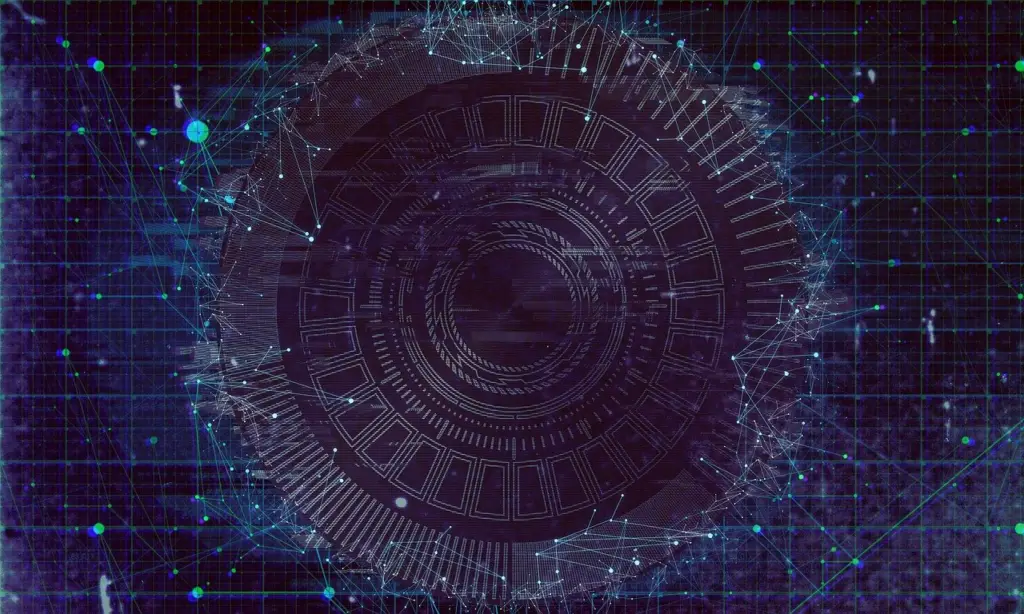
While distributed ledger technology (DLT) has been a topic of discussion for a number of years now, much of this has focused on its theoretical applications. However, the reality is that DLT already has a number of real-world applications, with several different sectors and industries using it to streamline processes and reduce costs.
Legal Documents
DLT is already being used in the legal field for the creation and maintenance of smart contracts. Also known as blockchain contracts or self-executing contracts, DLT facilitates the performance of transactions without the need to involve a third party. Other legal applications that have arisen include the use of DLT to streamline the maintenance of leases, non-disclosure agreements, and other such legal papers that could otherwise be tampered with by any of the parties involved.
Data Sharing
While much of the focus remains on financial transactions when it comes to the use of blockchain and distributed ledger technology, it has far wider applications in the sharing of data, in particular, the sharing of sensitive data.
Industries like healthcare and finance, along with local governments, often handle a large amount of personal data. When this data needs to be accessed by multiple users, usually from different locations, it needs to be done so in a way that doesn’t compromise it. This can be achieved through the combined use of graph databases and distributed ledger technology. Companies like Gospel Technology are already using this approach, allowing their customers to safely store and share any sensitive data that their organization uses on a day-to-day basis.
National Identification Databases
In what is believed to be the first ID system of its kind, Sierra Leone’s National Civil Registry Agency has launched an electronic identification system that makes use of distributed ledger technology to securely store biometric data. Brought to life with the aid of a collaboration between the United Nations Development Programme, the Bank of Sierra Leone, and lending start-up Kiva, this use of DLT is set to solve the very real issue of citizens in Sierra Leone not being able to access financial services.
Using DLT, the government aims to roll out the National Digital Identity Platform, which will allow citizens to eventually access financial services and affordable credit. In order to do so, the system is being rolled out in two stages, with the first already in motion and focusing on the building of digital identities. The second stage of the NDIP – expected to be completed by the end of 2019 – will focus on using these identities to create non-reusable and universally recognised National Identity Numbers. Citizens will then be able to use the NDIP to access financial services in a way that haven’t been able to in the past.
Charities
Charities are often in a difficult position when it comes to payments, as they must keep their costs minimal to ensure that the contributions and donations they receive are put to good use. One charity has come up with a solution, using distributed ledger technology and a blockchain-based system to take payment for food and aid to refugees. World Food Programme’s payment system uses permissioned blockchain protocol, controlled by the charity, allowing funds to be paid in currency rather than cryptocurrency. Using this system has revolutionised the way the charity operates, reducing its transaction costs by a staggering 98%.
Corporate Finance
The use of DLT can also be used to automatically triggers actions which would otherwise be a complex process, such as in the case of corporate finance. This would be done by using DTL to execute contracts in a much simpler manner and release payment automatically, rather than going through the traditional – and complex – methods.










